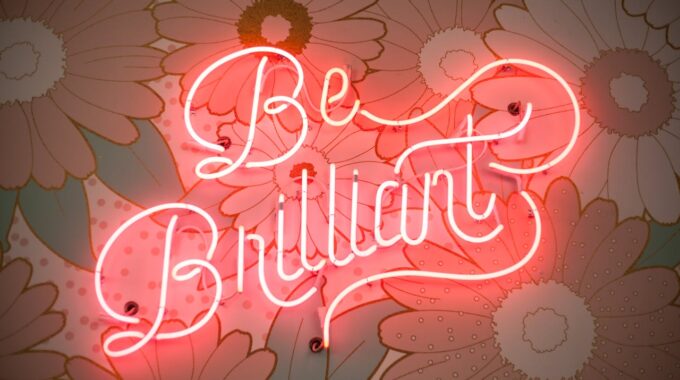Why Everyone Suddenly Cares About Pitch Decks (And You Should Too)

If you’ve been in a meeting recently where someone says “Let’s circle back after the pitch,” congratulations—you’re living through the golden era of decks. Not card decks. Not IKEA desk hacks. But the thing that can raise millions… or bore people to death in under two slides.
A pitch deck isn’t just a summary. It’s a brand’s first impression, a founder’s storytelling moment, and sometimes, the only shot you’ve got at making people care.
So why do so many still get it so wrong?
Bad Decks Are Still a Thing (And They Shouldn’t Be)
Let’s be honest: most pitch decks look like someone built them in a panic the night before, powered by burnt coffee and Canva templates. No flow. No narrative. Just slide after slide of bullet-pointed chaos and a pie chart nobody asked for.
Investors see hundreds of decks. Journalists see dozens. People are over it.
The era of dull design is done. And so is the era of just “getting it out the door.”
Founders, This Is Your Movie Trailer Moment
Imagine pitching your startup or idea and watching investors lean in instead of check out. That’s the power of a well-designed deck—it doesn’t just present data, it sells a story.
Think of your pitch deck as your brand’s movie trailer. You’ve got 10–15 slides to convince someone your idea is worth attention, time, and money. And if you’re pitching to investors, it helps to know what really happens in a seed-stage VC meeting. They’re not just looking at the idea, they’re assessing how well you tell its story.
The Real MVPs? Strategic, Stylish Pitch Deck Designers
This is where professional pitch deck designers come in. Not just people who “make it pretty”—we’re talking about experts who understand how to structure a persuasive narrative, craft compelling visual hierarchy, and deliver investor-ready presentations that actually convert.
They blend They blend story and data. Emotion and logic. Style and substance. Because no one funds a brand they don’t remember and research shows that storytelling is a powerful strategic business tool for making ideas stick.
What the Best Decks Actually Include
Forget the fluff. A strong pitch deck walks the line between clarity and charisma. Here’s what they nail:
- A powerful opener (problem, insight, or shock stat)
- A clearly articulated problem and solution
- A unique value prop, framed to stick
- A sleek product slide (no, a screenshot isn’t enough)
- Real traction, not vanity metrics
- Market size you can back up
- The team slide people don’t cringe at
- Ask + use of funds that shows you’ve done your homework
Why It’s Not Just Startups Anymore
Pitch decks aren’t just for founders anymore. They’re being used across industries—consulting firms, nonprofits, agencies, creators, and even internal teams pitching big ideas to C-suite execs.
Need a brand refresh? Pitch deck. Want stakeholder buy-in? Pitch deck. Launching a new product? Deck.
This format is the universal currency of modern persuasion.
The Deck That Raised Millions Probably Didn’t Come from Google Slides
Let’s retire the idea that presentation software equals strategy. The deck that helped secure a Series A raise? It probably didn’t come from a rushed PowerPoint slapped together at midnight.
It came from understanding:
- Flow
- Design theory
- Visual storytelling
- Pitch psychology
It came from working with people who do this for a living. Who ask questions about your audience, your tone, your why. And who can turn your numbers into a narrative that lands.
Your Slides Are Being Judged. Brutally.
Even if you’re presenting live, your deck lives on. It gets passed around boardrooms. Forwarded in investor emails. Sometimes opened with no voiceover, no commentary—just the cold scrutiny of strangers scrolling through your slides.
If your story doesn’t speak for itself, you’ve lost them.
Why You Need Outside Perspective
Founders are often too close to their ideas. You know it inside out, but explaining it to someone who doesn’t? That’s where most people trip.
A great pitch deck designer isn’t just editing fonts. They’re asking: “Does this make sense to someone who’s never met you?” Because if it doesn’t, the whole thing falls apart.
The Quiet Flex of Good Design
A stunning deck doesn’t scream. It whispers: we know what we’re doing.
It’s not about fancy transitions or gimmicks. It’s about polish. Consistency. Elegance. Smart use of white space. Design that breathes. A deck that looks like it belongs in the hands of someone serious.
Because guess what? Perception is reality.
TL;DR: Get a Deck That Deserves the Room
People make snap judgments in seconds. Your deck is your first impression, and in this economy, mediocre doesn’t cut it. Whether you’re raising funds, closing deals, or selling a vision, don’t wing it.
Bring in experts who make decks that convert.
Pitch deck designers aren’t a luxury. They’re your launch weapon.






